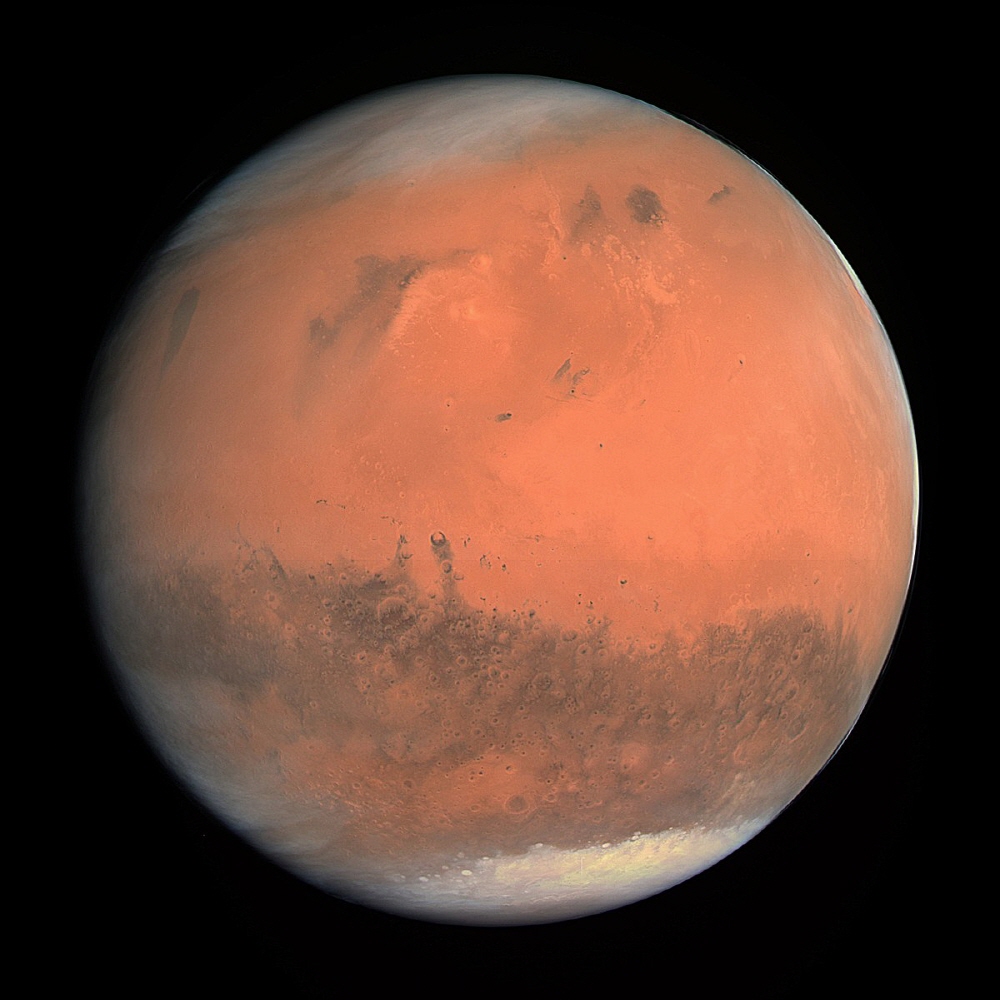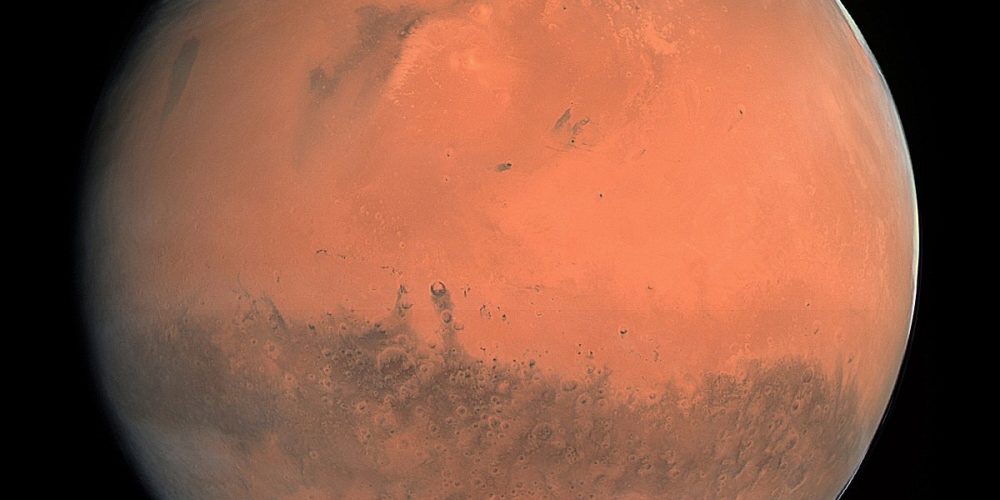
Among the planets of the solar system, Mars is known to have an environment similar to that of Earth. In 2018, NASA announced that it had found organic matter in Mars soil, and there is evidence that water, including salt, once existed on Mars. A new study published by a U.S. research team suggests that Mars may have more liquid water than previously expected.
Of course, it is not currently confirmed whether life existed on Mars, but some scientists think that if liquid water exists on Mars, there may be life in it. However, since Mars is quite dry and has a thin atmosphere to prevent water evaporation, it has been thought that liquid water is unlikely to exist.
Meanwhile, in the previous study, it was found that there is an aqueous solution of perchloric acid on the surface of the screen that brings moisture from the air and becomes an aqueous solution. It is also pointed out that seawater that may exist on Mars may contain sufficient oxygen to sustain life.
Because salt water freezes or evaporates slower than normal water, there is a possibility that liquid water with a high salt concentration may exist in some cases even in an extremely dry and thin Martian environment. For this reason, the team combined the Mars thermodynamic model and the climate model to study the seawater and life potential on Mars’ surface.
Using computer models of Mars’ atmospheric conditions, the team predicted how much seawater containing perchloric acid could exist on the surface of Mars or in shallow subterranean, and how much time it could be stable. The results suggest that there is a potential for oceans to exist on up to 40% of Mars’ surface over high latitudes near the equator. Although the existence of salt water has not been proven, the possibility of liquid water in such a wide range on Mars has not been predicted so far.
However, it seems that seawater does not evaporate on the surface of Mars and stays for up to 6 hours, and the period that seawater can exist is only about two weeks out of a year. In addition, since seawater can exist in a cryogenic environment of -48 degrees Celsius, it is a harsh environment for life to survive. Therefore, the research team found that even if seawater existed on the surface of Mars, the possibility that life could exist is very low.
The research team explains that the findings contribute to future research into Mars habitability while reducing some of the risk of exploration on Mars. Related information can be found here .


















Add comment